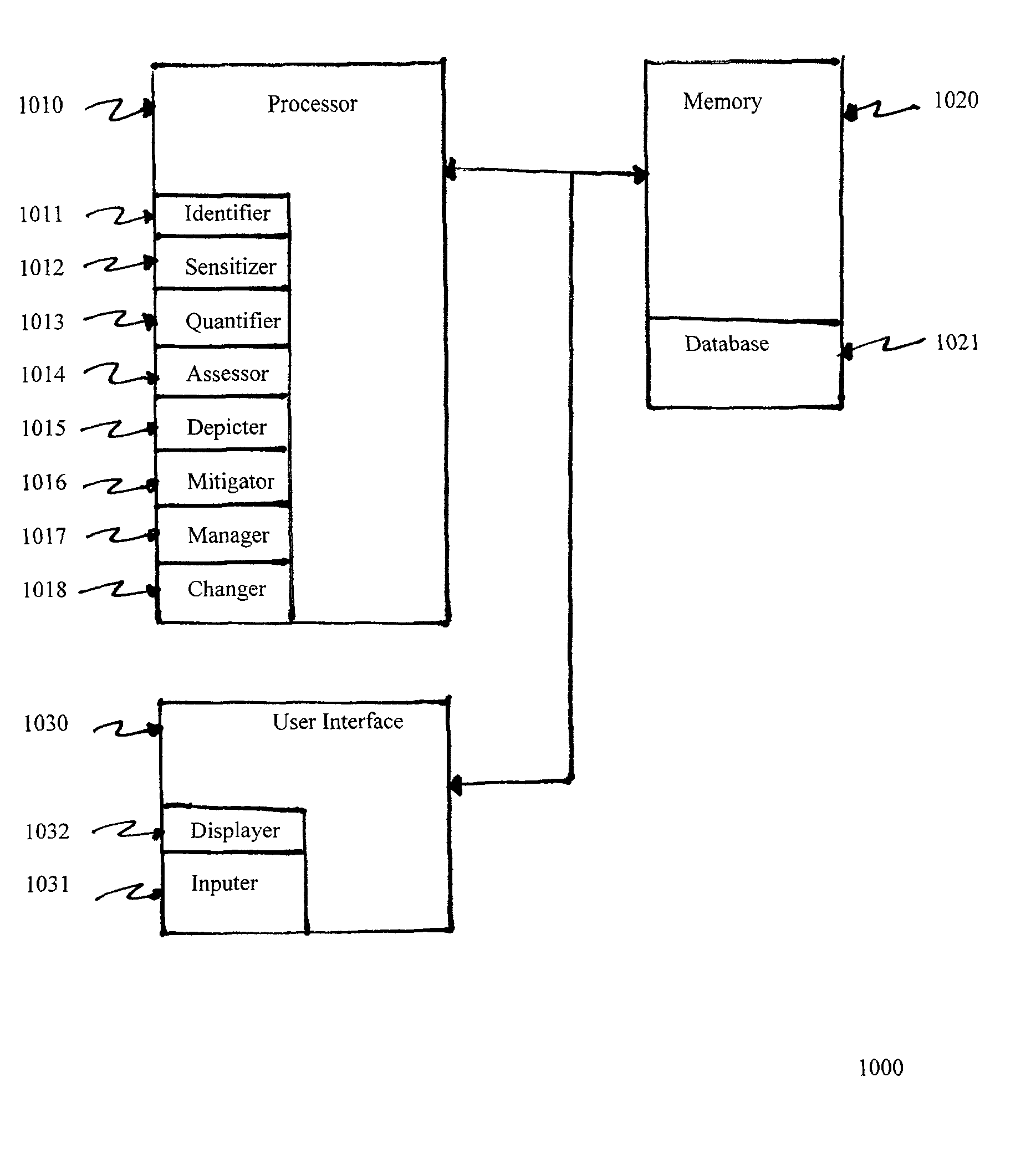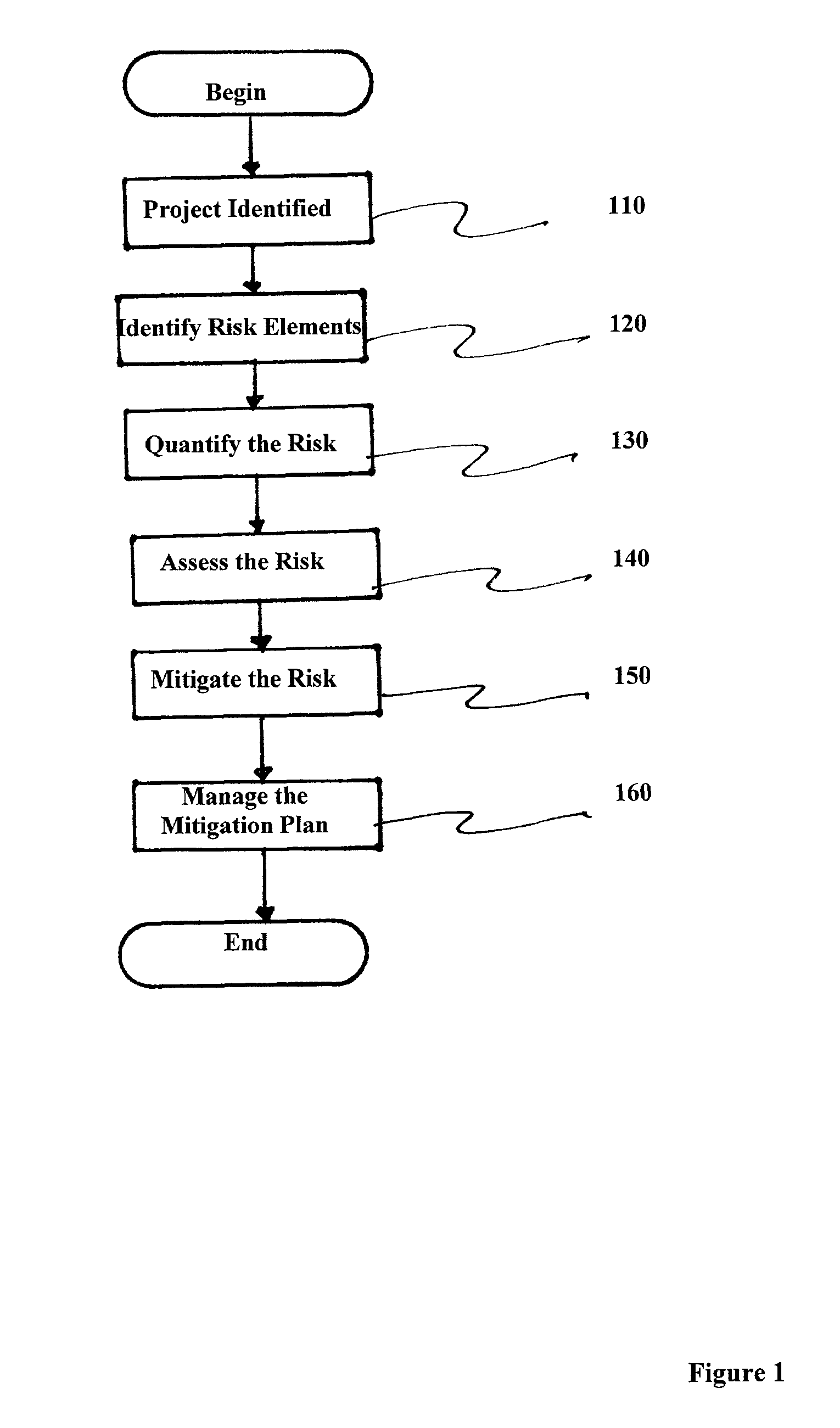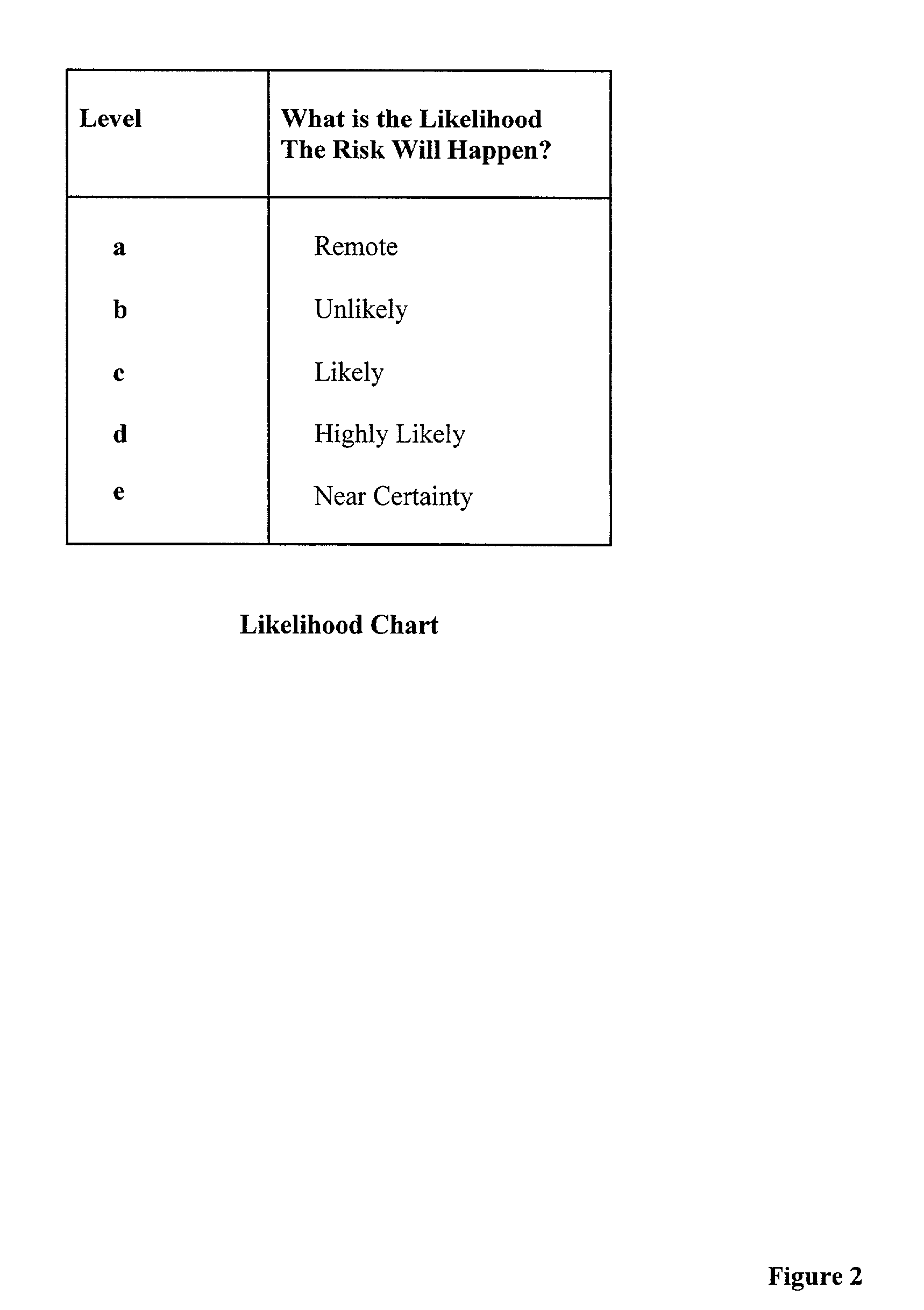Traditional risk management methods, however, have many shortcomings and, often times, have the unintended result of increasing risk to the project and / or the firm.
These adverse results are magnified by the complexity of a project.
An Element is a risk if there is any likelihood that the item will not perform as planned as it relates to cost, schedule, and / or technical performance.
In other words, if there is a delta between the plan and what is believed will actually happen, then that element is considered a risk.
A weakness of traditional risk management is that the resulting risk assessment and mitigation plans are often times at odds with the firm or the project.
For example, if a firm is designing a new camera, traditional risk management identifies that it is likely that the design of a shutter (risk element) will be behind schedule (due to a very complex and novel design).
However, in doing so, the firm will have a camera that lacks a new and innovative shutter design (which may have been one of the primary original goals of the development program).
This action, of canceling a high risk item would put the firm at risk with an inferior or dated camera design in a highly competitive marketplace that values innovation.
While traditional risk management methods reduce the risk to the project it actually increases the risk to the firm.
Another weakness of traditional risk management is the definition of risk, (i.e., any delta between plan and likely result) produces risk management results that are unwarranted or incorrect.
For example, if an element is unexpectedly delayed by the firm, e.g., an opportunity to license an existing novel shutter design is available, traditional risk management will identify the element as a risk to schedule and design and implement a mitigation plan.
In addition, this weakness is also magnified for programs where the plan and result is difficult to measure, such as when plan is vague, by design, such as, for instance, in developmental programs where ending points are difficult to determine, where results difficult to quantify, and where incremental costs are difficult to determine.
Another weakness of traditional risk management is that it, often times, fails to identify risk to an element.
However, traditional risk management either fails to identify the case design as a risk or gives the case design a low risk score, in either case an incorrect risk identification.
Another weakness of traditional risk management is that it treats or rates cost, schedule and technical performance as the same priority, weight, and / or importance.
For instance, in the example, assume the case item is low risk on schedule and assume that the company cannot afford any slip in schedule, even to the detriment of cost and / or technical performance.
Thus, a small slip in schedule threatens the project and, in fact, the company.
Traditional risk management has no way to distinguish that schedule should be given more importance than cost and / or technical performance.
Another weakness of traditional risk management is that it has no technique for identifying, assessing or depicting magnitude and direction of risks (i.e., is the risk getting worse, is the risk getting better), where worse and better are related to need and magnitude and ultimately related to the total value of its contribution.
Another weakness of traditional risk management is that it has no way to directly consider the issue of quality.
Often, due to this consolidation of quality with other technical parameters, traditional risk management erroneously rates risk items and increases organizational risk rather than reducing it.
In addition, by consolidating quality and technical performance, traditional risk management assessment of technical performance is biased by the inclusion of quality.
Traditional risk management has no facility for accommodating these counter-intuitive requirements.
Another weakness of traditional risk management is that is produces unwarranted and incorrect assessments and mitigation plans for programs that do not measure success by the traditional consequence factors of cost, schedule and technical performance.
For example, projects in the pharmaceutical, high-tech software and hardware, medical, industrial and entertainment fields do not necessarily measure success by cost, schedule and technical performance.
Another weakness of traditional risk management is that it produces unwarranted and / or incorrect results at the program level.
For example, a project in the early research and development stage will most likely be over cost, behind schedule, and over margin for technical performance, thereby garnering a high project risk rating.
Conversely, programs in the later stage that are ranked low risk will never be scrutinized and yet they may be high risk to the company, e.g., a waste of resources.
Another weakness of traditional risk management is that it produces unwarranted and / or incorrect results for programs that have a high rate of failure.
For example, in the pharmaceutical industry, it takes approximately six thousand raw and developmental ideas and projects resulting in failure to create one successful result (a new accepted drug).
Because the stated goal for each of these programs is to create a successful result, traditional risk management rates them all as a high risk to technical performance, cost, and schedule.
Yet, the pharmaceutical industry must embrace these “failures” in order to achieve the one success and any overly strict monitoring would hinder the creative process and ultimately often conscript the resources and shut it down.
As the business and engineering environments become increasingly more complex and interdependent, the application of traditional risk management increases risk to a project and / or the firm.
 Login to View More
Login to View More  Login to View More
Login to View More 


